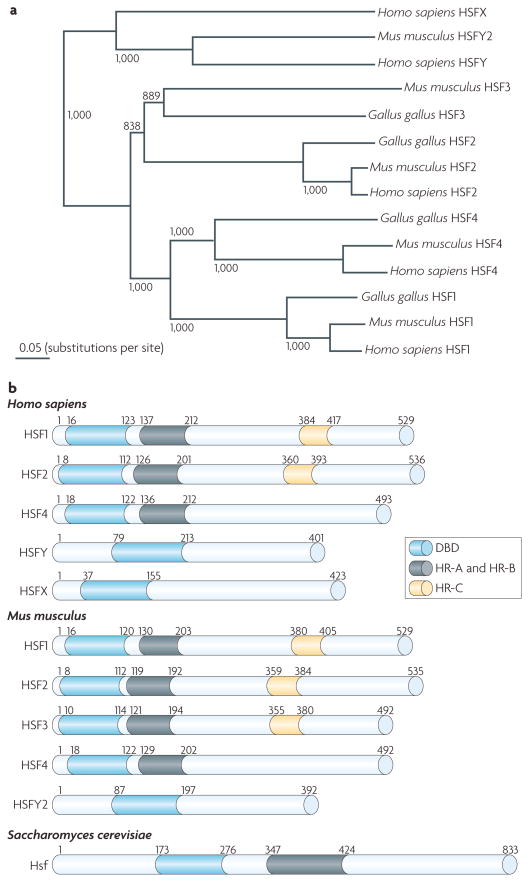Figure 2. Members of the mammalian HSF family.
a | A phylogenetic tree showing the species-specific relationship of heat shock factors (HSFs) among higher eukaryotes. Two recently found, but still poorly characterized, family members are: HSFY, which is located on the human Y chromosome and on the murine chromosome 2 (HSFY2), and HSFX, which has only been found on the human X chromosome144–146. HSFY and HSFX exist in two identical copies on their respective chromosome. The phylogenetic tree was generated in CLUSTAL W147 and gaps were excluded from all phylogenetic analyses. The numbers represent bootstrap values (1000 bootstrap replicates were carried out). b | A schematic of the functional domains of the human and murine HSF family members. The conserved domains of distinct HSFs are indicated: the DNA-binding domain (DBD), the oligomerization domain (heptad repeat A (HR-A) and HR-B) and the carboxy-terminal HR-C. All HSFs contain the characteristic helix-loop-helix DBD. HSF1–HSF4 contain Leu zipper-like HR domains, which are required for homotrimerization or heterotrimerization. Yeast Hsf is included as a comparison. Image in part a is modified, with permission, from REF. 10 © (2010) The American Society for Cell Biology.

